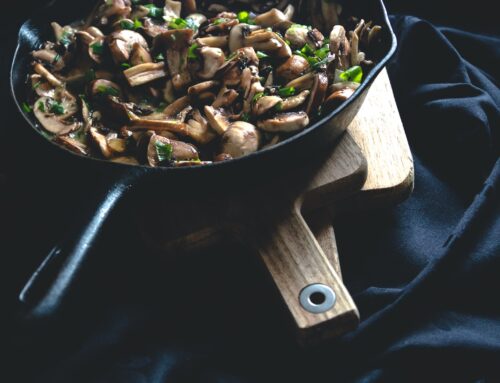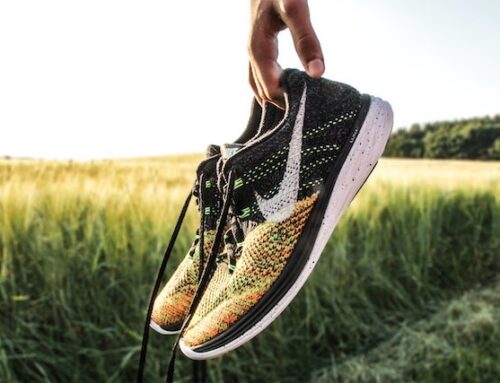Cheap Tramadol Online Overnight
go to link Fitness enthusiasts want to keep their calorie consumptions in check, but when it comes to cold weather combined with the frequent holidays, it’s going to be difficult to do just that. On top of that, end-of-year working schedules provide less opportunities to exercise. If you want to maximize your workout time, you can take a look at martial arts-based workouts to burn those calories and build strength and endurance at the same time. The time periods of these exercises are shorter than a regular workout, but they are more intense and require more activity.
https://www.adroitprojectconsultants.com/2024/07/25/j38kbfl6ra Tramadol Fedex Visa So, let’s discuss the different martial arts workouts and group them accordingly:
https://splendormedicinaregenerativa.com/57a6sjv The first group incorporate actual martial arts movements (like kickboxing), and these workouts have been gaining popularity since Tae Bo was introduced back in the 90’s. These workouts combine punches, kicks, blocks, and other moves from striking arts like karate, kung fu, muay thai, and other styles. This workout group doesn’t require a sparring partner and is usually taught with a training group. The instructors for these workouts also don’t need to have a martial arts background. Other groups may also require the use of heavy bags and other targets for punching and kicking, which adds to the intensity of the experience.
Ultram Tramadol Online The next group is the practice of both competitive or non-competitive martial arts. Unlike the first group, you may or may not have the intention of competing in an actual tournament, but you’re still joining the classes two or three times a week. A popular example would be Brazilian Jiu Jitsu. This group may not require you to spar with others, but it is encouraged since the competition requires sparring.
see url https://www.techonicsltd.com/uncategorized/pwbmd3tke46 What are the benefits and risks?
go to site Both groups of these martial arts workouts provide aerobic and anaerobic conditioning, depending on the structure of the workout. You’ll also be doing repetitive movements at a consistent pace within a time frame, and this in turn provides the cardiorespiratory aerobic conditioning.
https://autismwish.org/427nsaeb4hy Apart from physical benefits, mental benefits are also enjoyed when practicing martial arts. Focus, control, and discipline are three of the biggest mental health benefits that one can enjoy when doing any martial art. Repeated practice of movements also improves cognitive function, self-esteem, self-awareness, and profound respect for self and others.
https://brako.com/en/z3zfivum9 The biggest and most common risk associated with these workouts is injury, particularly repetitive stress injuries. Sprains and strains are also very common, and like any other intense fitness workout, your body will eventually take its toll until you adapt to the rigorous training. Risk of injury can also cover fractures, concussions, and other traumatic injuries. This is why instructors are trained in both basic and advanced first aid to prevent injuries from worsening before professional help is called in.
https://etbscreenwriting.com/c8nv1pa source link The bottom line
Buying Tramadol Online Uk When you want to get into martial arts, it pays to be safe. Go through the workout at your own pace and listen to your body.





Leave A Comment